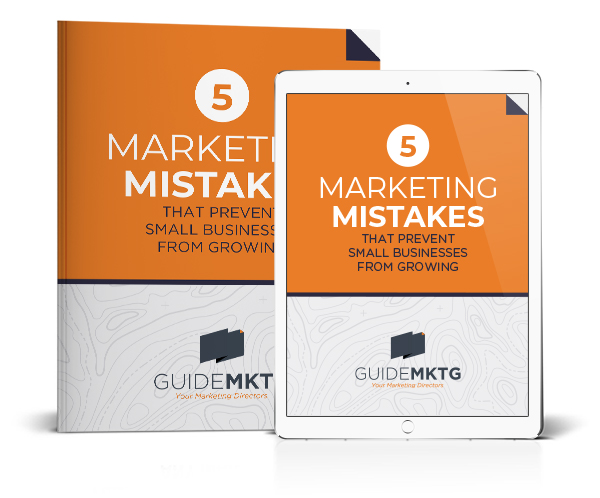Humans go through life constantly making two calculations about every interaction: we’re trying to achieve something good and avoid something bad. We make “failure avoidance” calculations all the time.
- Which checkout to use at the grocery store to avoid standing in line for an hour.
- Which car dealer to buy from so we don’t get stuck with a lemon.
- Which restaurant to reserve so we aren’t embarrassed on the first date.
In fact, human beings are more motivated to avoid a loss than to achieve a gain. You might have heard this called “Loss Aversion.”
Are you thinking: Wait a minute! I did not sign up for a psychology email list. Hang on, we need to understand this principle so we can use it to get your customers to act.
What pain are you helping your clients avoid? What will it cost them to not do business with you?
I’m not suggesting that you scare your customers with horror stories. Please don’t tell someone they’re going to end up homeless if they don’t take your resume-writing course or buy your LED light bulbs.
But you do need to talk about what’s at stake if your customers don’t act. If they do nothing, if they don’t hire you, if they choose a competitor, what are they risking?
Here are some examples:
Landscaper Failure
- Frustrated about keeping up with your landscaping maintenance
- Wasting valuable time on landscaping maintenance
- Never-ending hassle with cut-rate landscapers
Tax Strategist Failure
- Pay the government more money than you are legally obligated
- Remain anxious and fearful about your financial future
- Miss out on the benefits of compounding wealth growth
Asphalt Failure
- Asphalt that doesn’t last
- People judging your business negatively based on how your parking lot looks
- Wasted money on a quick fix
Disability Services Failure
- Continue struggling to find the right plan/solution
- Continue to have limited opportunities for education, employment, and housing
- Remain invisible in the community.
Action Steps:
- Make a list of 3 things that your customer will suffer or continue to suffer if they don’t buy from you. Don’t get too dramatic or you’ll scare people away, but a story isn’t interesting and the character won’t act if there’s nothing at stake.
- Make a list of what it’s costing you to not solve your messaging or marketing problems. What is it costing you to have a website that doesn’t bring in leads? What is it costing you to do nothing with the email addresses you have? What are you risking by not speaking clearly about the problem you solve?
If you’re tempted to say that talking about failure is too heavy or dark for your brand, I’d love to talk with you about it. I understand that hesitation. However, you’re not being a downer or a bully when you remind people that doing nothing to solve their problem has a cost. Let’s get on a 30-minute call and talk about how to write about failure in a way that’s truthful, on-brand, and motivating.





